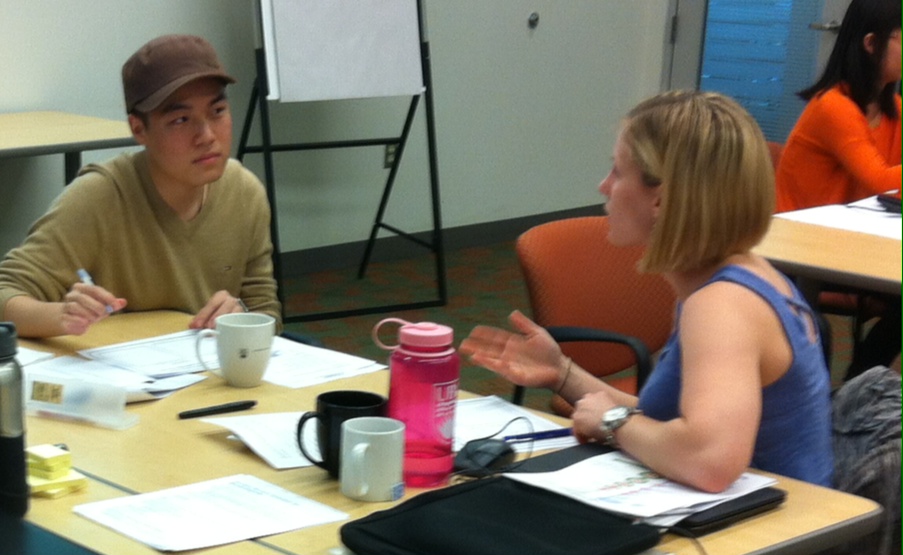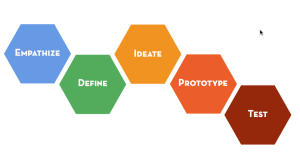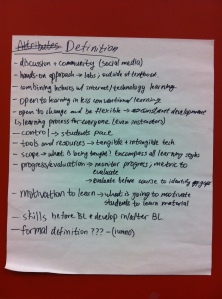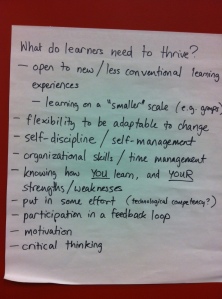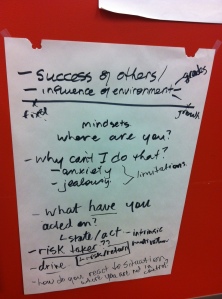I don’t remember which company came up with the easy button, but it was marketing genius. It seems everyone wants easy. It has become the holy grail of 21st century life. But if anything is making us stupid, easy is.
We are told that we can make a video to teach someone something – in minutes – it’s easy! Get a website up and running – sure-easy! Snap, share and tweet your photos with a single click – yep, you guessed it – not only easy – instagram easy! Instant – speed of a keystroke – EASY! Learning Management systems – they can do it all. Set it up and let the analytics take over. So easy, we are checking our critical thinking at the door. People expect easy – especially when it comes to teaching with technology – as if it is a shortcut to making thoughtful decisions about how best to facilitate learning. And, it seems, when we want to convince someone to do something, we tell them it’s easy (we lie). Then we tell them it’s not only easy, but they can do it with a minimum investment of their time (we lie again).
I work with others to create online learning resources using whatever media seems to fit the purpose and considering the usual constraints of time and budget. It is possible to create a good learning resource with a relatively small investment of time but I wouldn’t say it was easy. It requires focus, a plan, good research skills and an experimenter’s enthusiasm. And you may come up against obstacles that cause frustration, require problem solving, time, patience and a bit of help. Which will require another investment of time.
Today I listened to experienced and enthusiastic educators talk about students engaged in the process of learning (Students-as-Producers). They showed some of the samples of student’s inquiries, reflective blog posts, threaded Ted-Ed style learning wrappers, video, research publications, etc. No-one mentioned easy – or fast. IN fact, they talked about the time students invested in these activities of learning. They talked about how much time they spent thinking about their goals, scaffolding, supporting and providing the sort of guidance that encourages deep reflection and alternative perspectives. I am familiar with this sort of investment (and reward) from my own work with students (as producers, creators, collaborators). Yet students are practical sorts and they want to see the payoff for their investment in time. Faculty, too. What’s the sell?
Inquiry, creation, collaboration, patient problem solving, and innovative exploration is not easy/fast work, but it may help develop the critical thinking, communication and decision making skills that the world needs. It is not easy/fast work to create the sorts of learning environments that support this. No sell. That’s it. So there. I feel better now.


